How to Save Money on Food
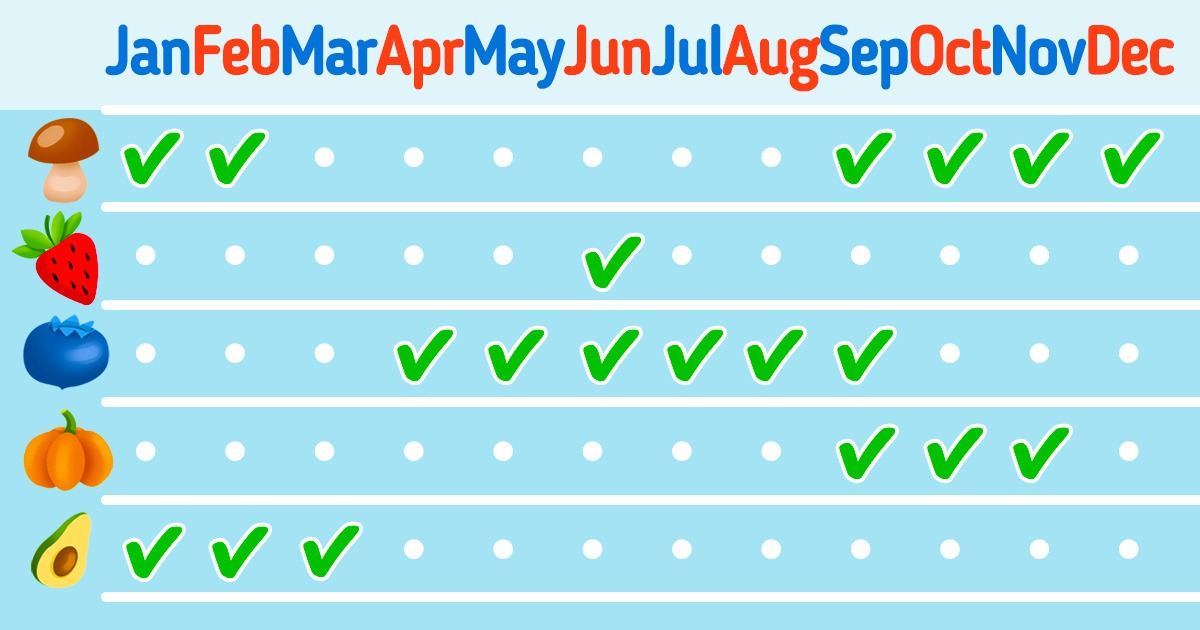
If you often find yourself struggling with a budget or realize that you are spending more money on groceries than you maybe should, then it would be a good time to look at your consumer habits. There is a way you can change this by building some shopping strategies. Being a smart consumer can help you save money and reduce costs.
5-Minute Crafts prepared this guide for you to help you become a smart shopper and be more practical when buying food.
1. Make a shopping list.
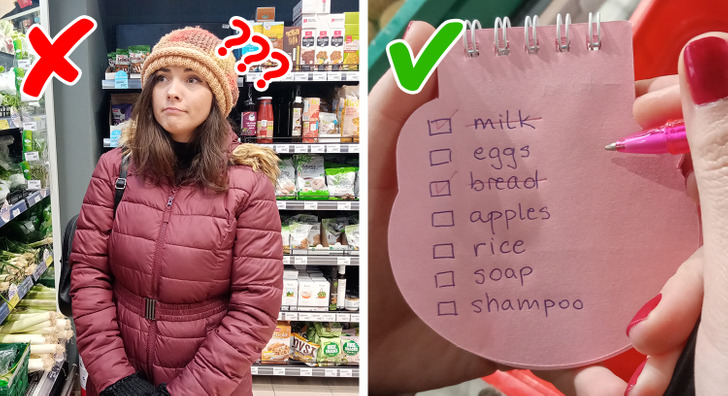
You can track all the products that you need to restock during the month. On the day that you go shopping, you can list all the items by aisle or by category so you don’t have to browse through products too much. This can help you to stay focused and buy only what you need.
Although it’s important to know what you need to buy, it can be useful sometimes to not follow the list strictly if some products that you will need at some point are on sale, but since supermarkets often use this strategy to their advantage, you need to be smart when purchasing a large number of one item. First, be sure that you need it and that you will use it. Then be aware of the expiration date since most of these products are close to it. Lastly, check if you are really getting a good deal — sometimes 2 smaller quantities of an item can cost the same as a large one that is on sale.
2. Don’t go grocery shopping while hungry.
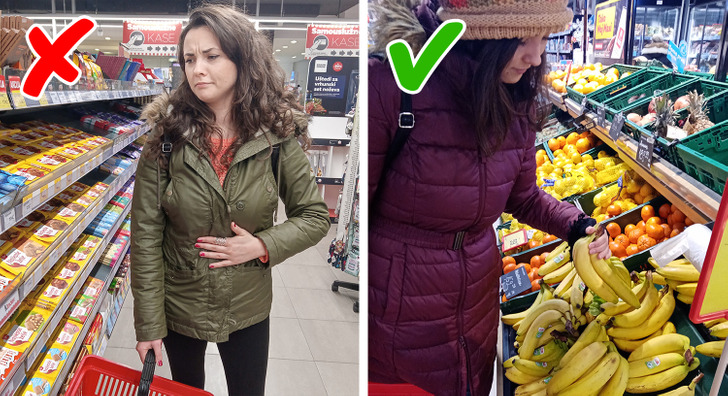
This trick can come in handy, as it can kill the craving for food that you don’t need to buy. You can have a snack before shopping so you’ll be less tempted to get something that you haven’t planned because the high-calorie food can be more appealing than usual.
3. Compare prices at different supermarkets.
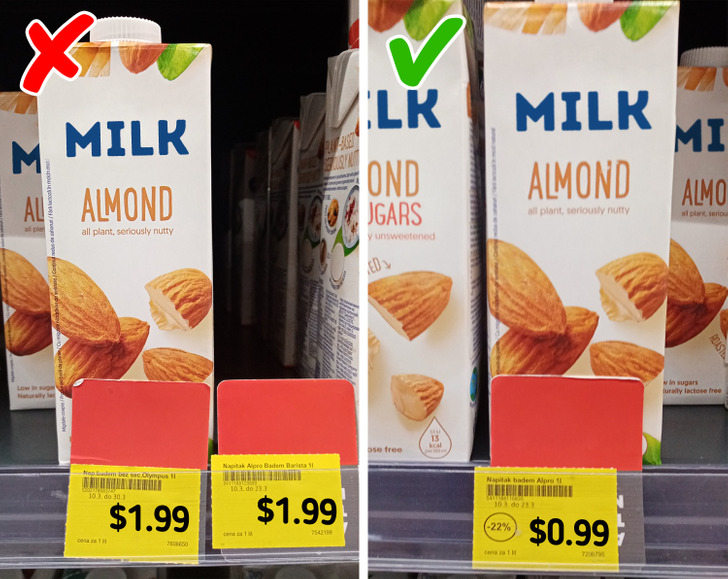
This can mean that you would need to make more trips to different stores, but it can also prove to be fruitful. Search for the brands and products you regularly use and compare their prices. Determine which shop is selling them for the lowest price.
4. Shop on non-peak days.
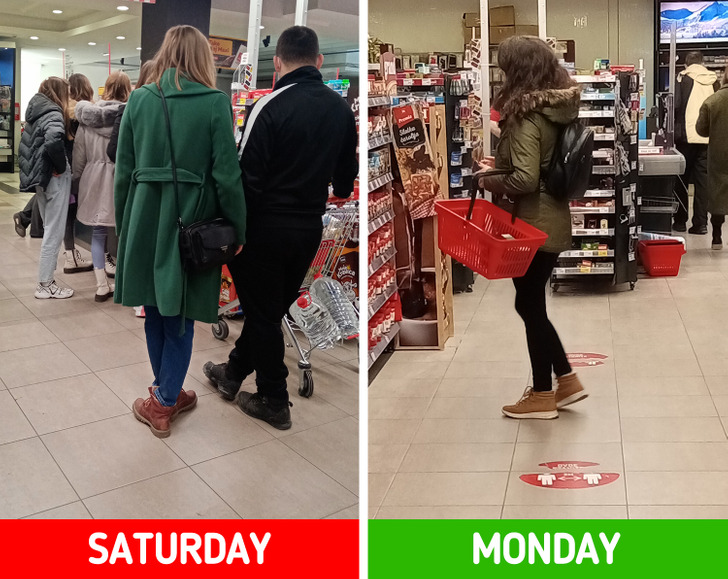
Usually, the prices are lower during the non-peak days because the stores have to work harder to bring in more customers. Find out what days are the busiest in your supermarket. Those are often the paydays, weekends, and days before holidays.
On Mondays, Tuesdays, and Wednesdays, stores tend to be less crowded.
5. Watch out for the expiration dates.
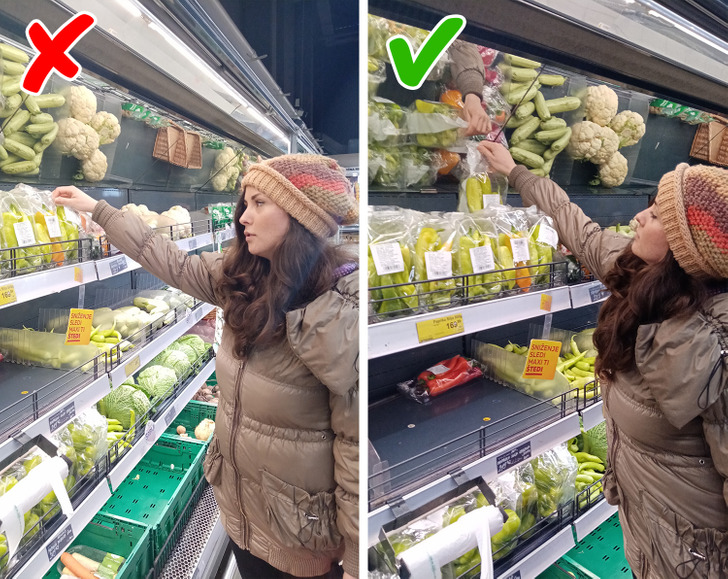
Merchants usually put items with soon-to-expire dates at the front of the shelf because there is a better chance of selling them. You will have more time to use the product if you pick the one with the furthest expiration date, while also having less waste.
6. Shop in bulk sizes.
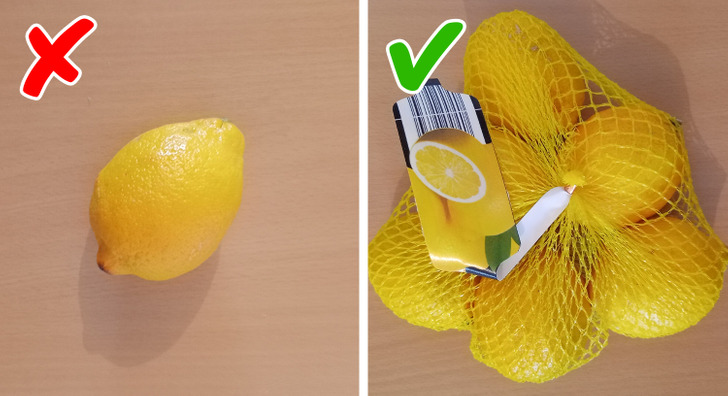
This strategy is one of the most commonly used and it has many advantages because it can save you money. But it has some cons that we should also pay attention to:
- It’s cheaper per unit, but it can be an upfront expense. Prepare yourself for a higher cost if you are buying in bulk.
- You can rarely run out of the item, but you can overuse it. You’ll probably use more rice when cooking than you need if you have a big box rather than a small one, so this is something to be aware of.
- It’s more eco-friendly and you’ll make fewer trips to the store, but you’ll need storage and transportation. You’ll need to have the capacity, like storage rooms or closets to put away the items bought in bulk.
- You’ll be prepared for emergencies, but you’ll have less product variety. If you buy a particular product, like a big pack of canned beans, you’ll be consuming them for some time.
- You won’t have to make as many trips to the store, but watch out for expiration dates. Some items that you buy in a bulk can expire while being stored.
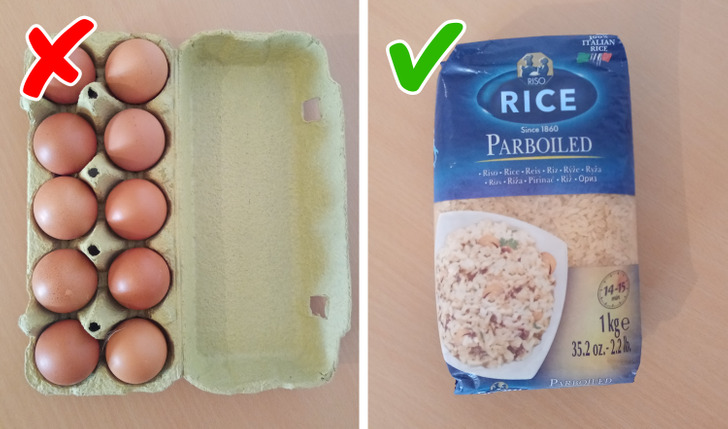
7. Stock up on coupons.
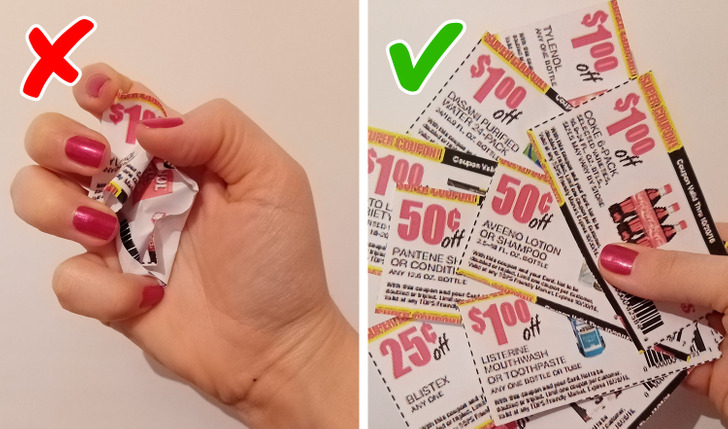
You can find coupons in ads from newspapers or catalogs or get online promo codes for discounts. The good thing about this is that you can save money, but you have to do it wisely. It is advised to make a plan and stick to your budget. Otherwise, you can spend more money while trying to save it by buying things that you don’t really need and won’t use.
8. Try the supermarkets’ own brands.
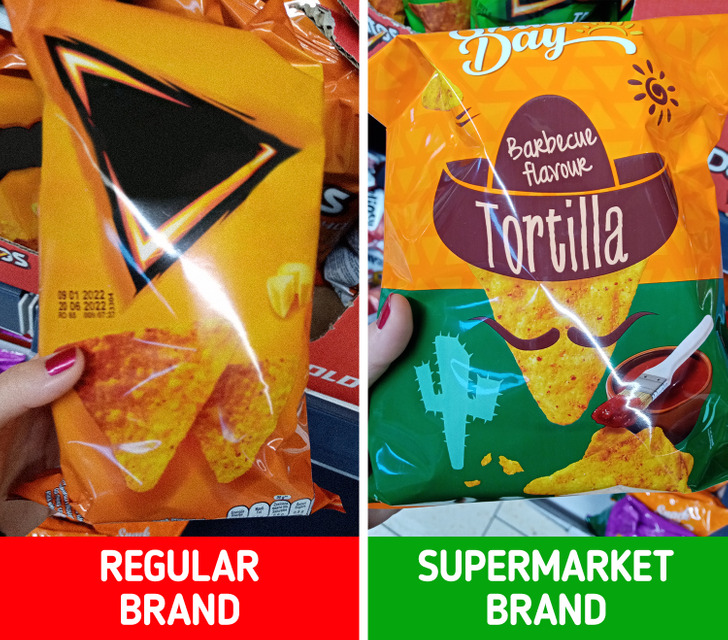
Some supermarkets sell their own versions of products. It can seem less luxurious than the brand that you usually buy, but the same, good-quality ingredients can be in those items too.
You can give it a try and test it — for example, you can buy some house sanitizing products that are made of natural cleaning alternatives, as some can be cheaper than the ones comprised of chemicals.
9. Buy vegetables and fruits in season.
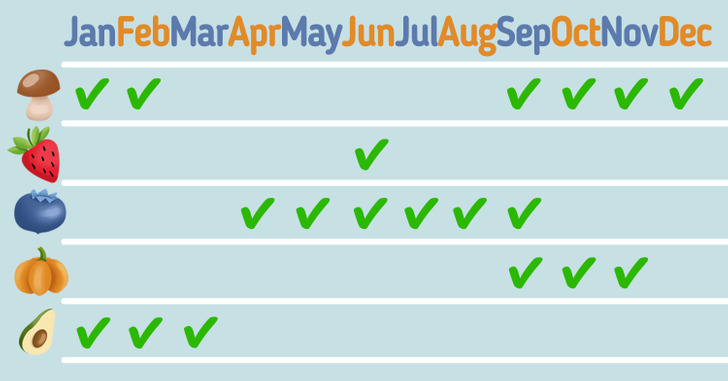
When you buy fruits and vegetables during their growing season you get the freshest ingredients at the lowest prices. Consider preserving and freezing some of the products so you can use them later as options on hand.
For example, mushrooms are always available in supermarkets, but many are at their peak in fall and winter. Blueberries, which are often labelled as a superfood, are harvested from April to late September in the Northern Hemisphere. For strawberries, June is prime time. If you like pumpkins, the best time to buy them is from mid-September till November. And the best time of year for avocados is January through March.